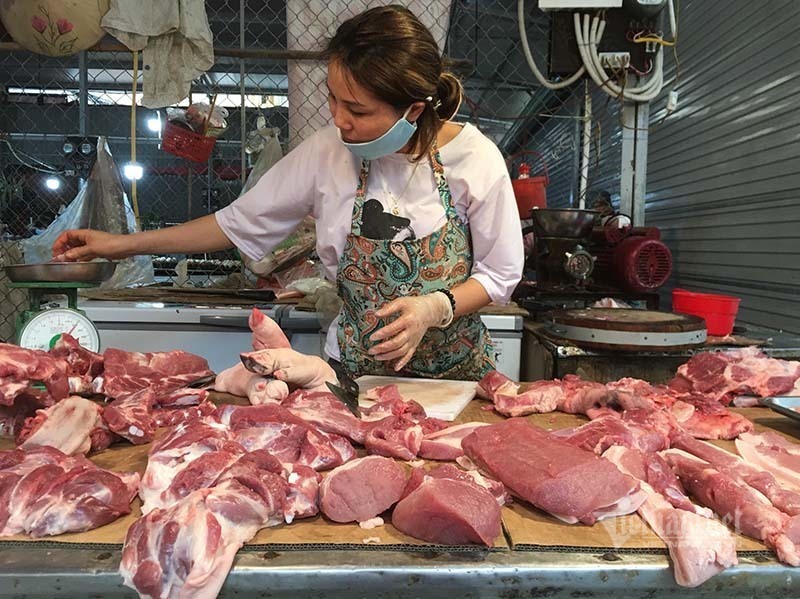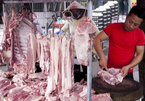The Asian Swine Flu epidemic was contained by the end of 2019. However, the fact that 6 million pigs were culled led to an unprecedented supply crisis, which pushed prices up.

The ‘pork price fever’ began before the 2020 Lunar New Year in late January and the ‘price storm’ became stronger after Tet. The price of live pork soared from VND40,000-50,000 per kilogram before the ASF outbreak to VND80,000 per kilogram in February.
As the price rose every day, Minister of Agriculture and Rural Development Nguyen Xuan Cuong called on livestock companies to lower the pork prices to VND75,000 poer kilogram.
Responding to the call, the companies reduced their selling prices to VND72,000-75,000 per kilogram. But the prices only existed for two weeks before bouncing back to VND80,000-85,000 per kilogram.
Deputy Prime Minister Trinh Dinh Dung in March had a working session with 15 leaders in the livestock industry to discuss ‘drastic measures’ to force the prices to VND60,000 per kilogram. They promised to cut the prices to VND70,000.
However, only several companies did this. Meanwhile, the prices of pigs raised by households were sky high. The pork price hit a record high in May, exceeding VND100,000 per kilogram.
The pork price escalation affected the quality of the meals, because pork is a common food for Vietnamese and an indispensable part of Vietnamese culinary culture, used in all seasons of the year.
Vietnamese consume 5.4 million tons of meat a year, including 3.8 million tons of pork.
It is estimated that each Vietnamese person consumes 40 kilograms of pork a year, or 3.3 kilograms a month. If noting that the average pork price was VND180,000 per kilogram, one had to spend VND600,000 a month on pork, and a family with four members VND2.4 million.
Meanwhile, the income of many families dropped sharply because of Covid-19.
The General Statistics Office (GSO) reported that the consumer price index (CPI) increased by 3.23 percent in 2020 compared with 2019. The 57.2 percent pork price increase made a great contribution to the CPI increase.
The Ministry of Agriculture and Rural Development (MARD) decided to import pork to promptly improve the supply.
According to the General Department of Customs (GDC), in the first nine months of 2020 alone, Vietnam imported 90,400 tons of pork worth $215 million, up by 357 percent in quantity and 460 percent in value compared with the same period in 2019.
Tam An

Pork prices drop after country flooded with imports
Vietnam spent VND5 trillion ($214.78 million) to import pork in the first nine months of the year, leading to a drop in prices.

Pork prices fall as VN steps up imports, demand declines
The imported pork and declining meat consumption have pushed pork prices down, helping stabilise the consumer price index.